Como nos Afectan las Emociones-Inteligencia Emocional con los niños N°4 (ESP-ENG)//How Emotions Affect Us-Emotional Intelligence with Children N°4
¡Saludos Querida Comunidad!
Continuando con el desarrollo de la Inteligencia Emocional con los niños en esta cuarta parte quiero compartir con ustedes la actividad que realicé para introducir algunos conceptos asociados a la importancia de entender que las emociones pueden afectar nuestro cuerpo y nuestra salud.
Con los niños podemos identificar los efectos de las emociones cuando sienten ira, miedo o tristeza, cómo se reflejan en el cuerpo físico ya sea en forma de temperatura, cambio de color de la piel, aceleración de la respiración, aumento del ritmo cardíaco, entre otros.
Cuando empecé mis primeros cursos uno de los conceptos que me enseñaron hace muchos años fue el hecho de que las enfermedades eran psicosomáticas, que primero se producían en la mente y luego se reflejaban en el cuerpo, esto me llamó la atención y pude ver cómo los pensamientos estaban conectados con las emociones y los efectos en el cuerpo físico.
La medicina tradicional china explica con gran detalle cómo las emociones están asociadas a determinados órganos y cómo les afectan.
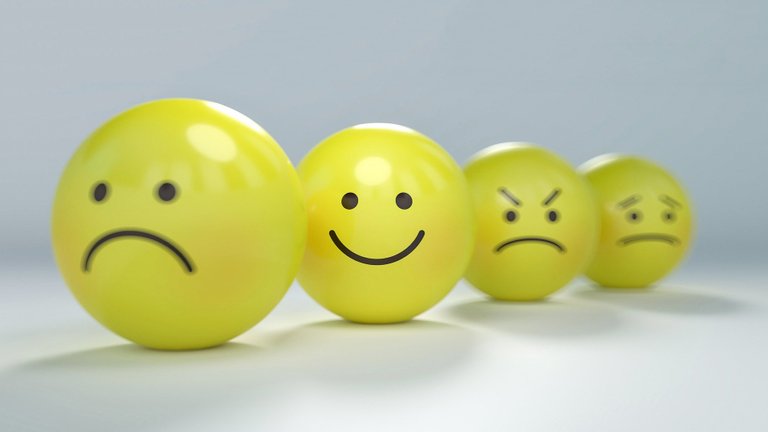
Este hecho es importante porque si se les explica a los niños que cada vez que tienen una rabieta, sienten tristeza o miedo podrían estar afectando a una parte concreta de su cuerpo, por lo que es necesario aprender a gestionar las emociones para liberar sustancias que proporcionen bienestar a su organismo.
La biodescodificación también explica la relación entre las emociones y el cuerpo y ayuda a la persona a descubrir qué aspectos de su vida pueden estar afectando a su salud.
Por eso, la actividad que hice con los niños consistía en conocer cuáles son los órganos que se ven afectados por determinadas emociones para profundizar, no sólo en las reacciones externas del cuerpo, sino también para entender que nuestro interior también se ve afectado por esas emociones descontadoras.
En el anterior post inteligencia emocional con niños N°1, N°2, N°3, previamente hicimos fichas de las diferentes emociones que fuimos conociendo como ira, miedo, tristeza, alegría, desagrado, agrado, asombro, tranquilidad, indiferencia, coraje.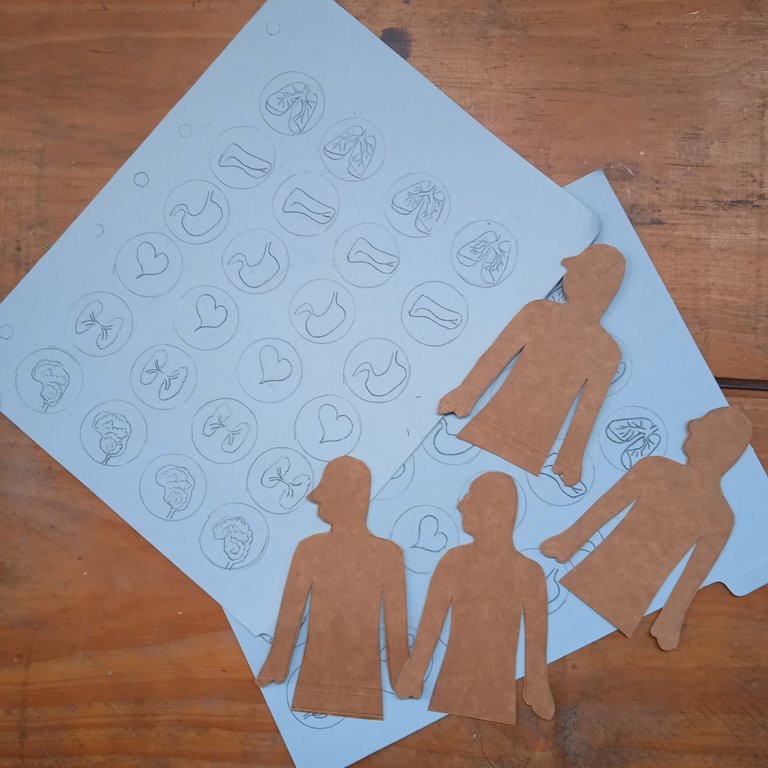
Hice unas plantillas para que los niños pudieran dibujar la silueta del cuerpo humano, y también dibujé seis órganos como los pulmones, el hígado, el estómago, el corazón, los riñones y el cerebro para colorear y recortar.
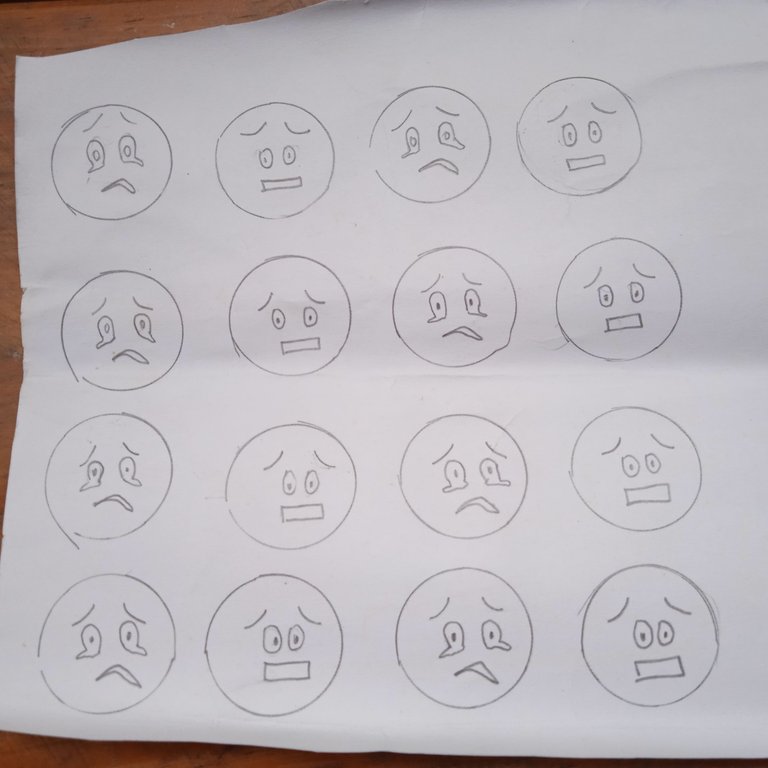
A las emociones que teníamos anteriormente, añadimos dos más, el estrés y la preocupación, que son muy importantes en nuestra salud.
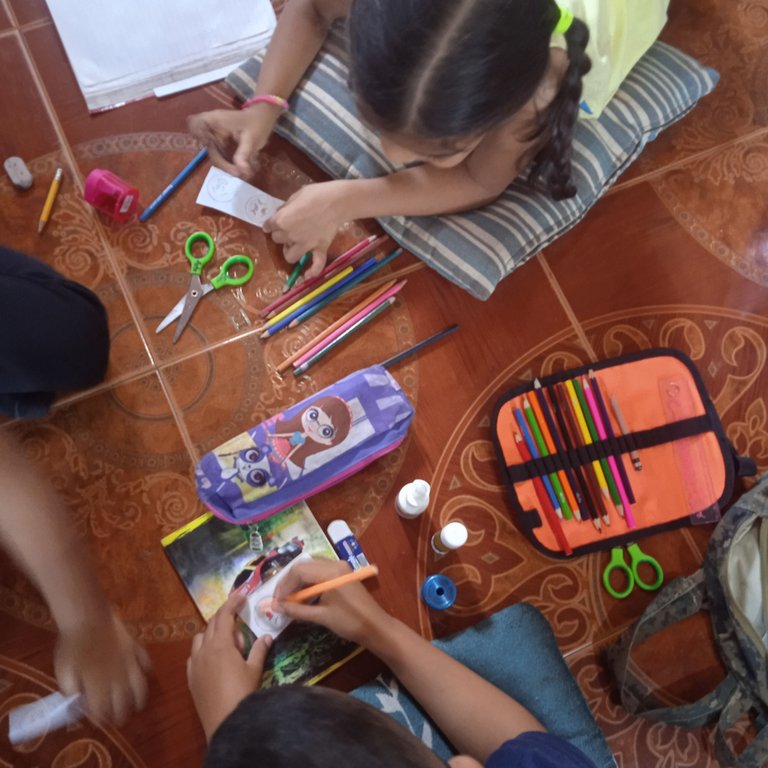
Los niños colorearon las dos emociones y las recortaron.
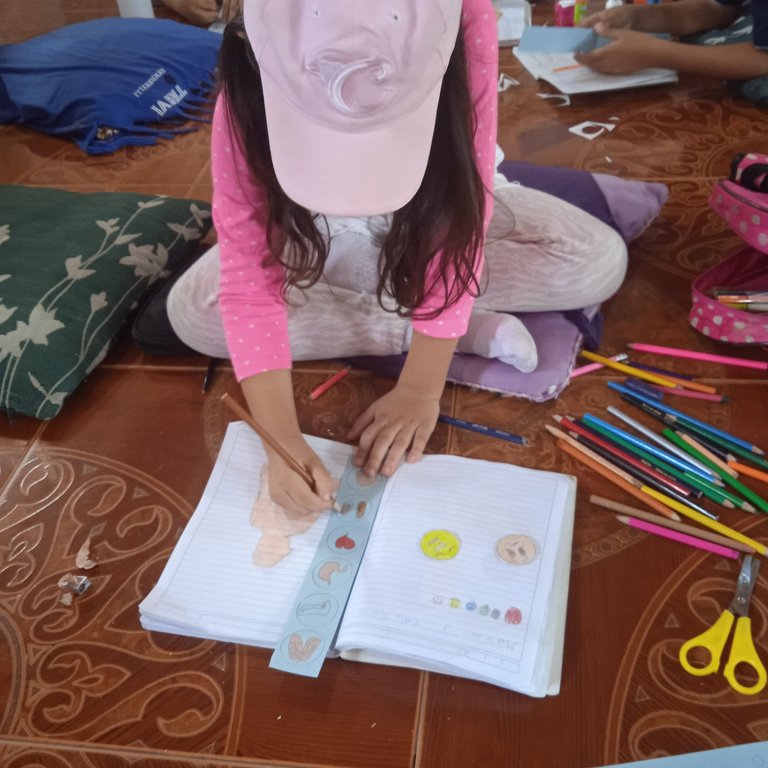
Colorearon los diferentes órganos y los recortaron.
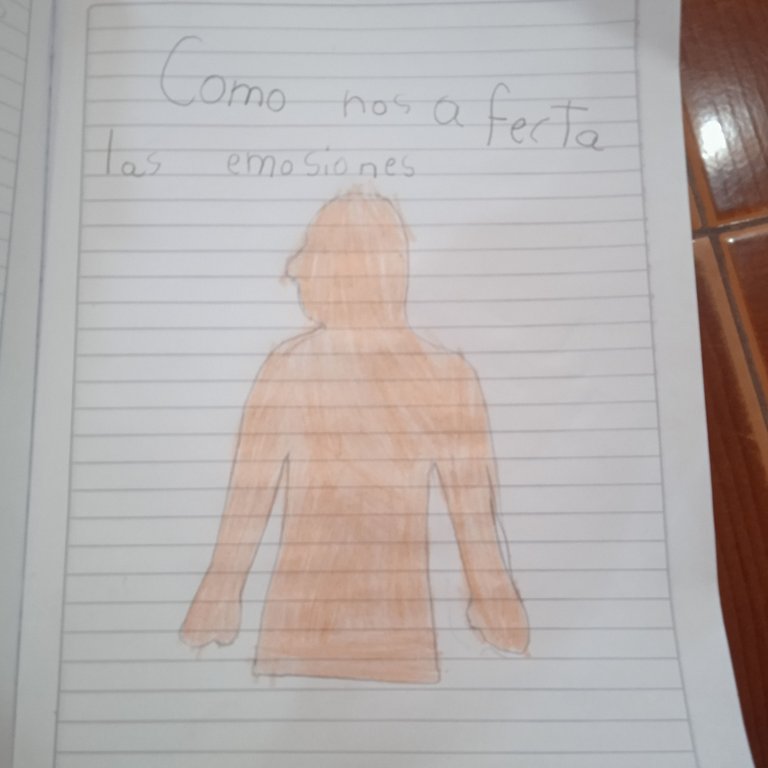
Con las plantillas hicieron la silueta del cuerpo humano y la colorearon.
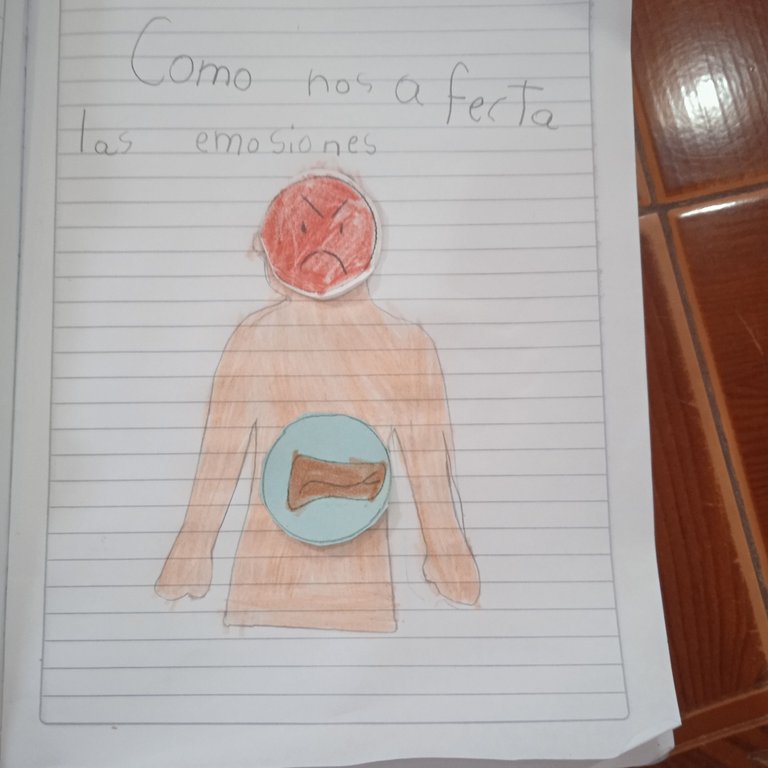
Les expliqué que las emociones están vinculadas a diferentes partes del cuerpo y que las sustancias que segrega nuestro cerebro pasan a la sangre y afectan a un determinado órgano en concreto, empezamos con la emoción de la ira y les expliqué que afecta principalmente al hígado.
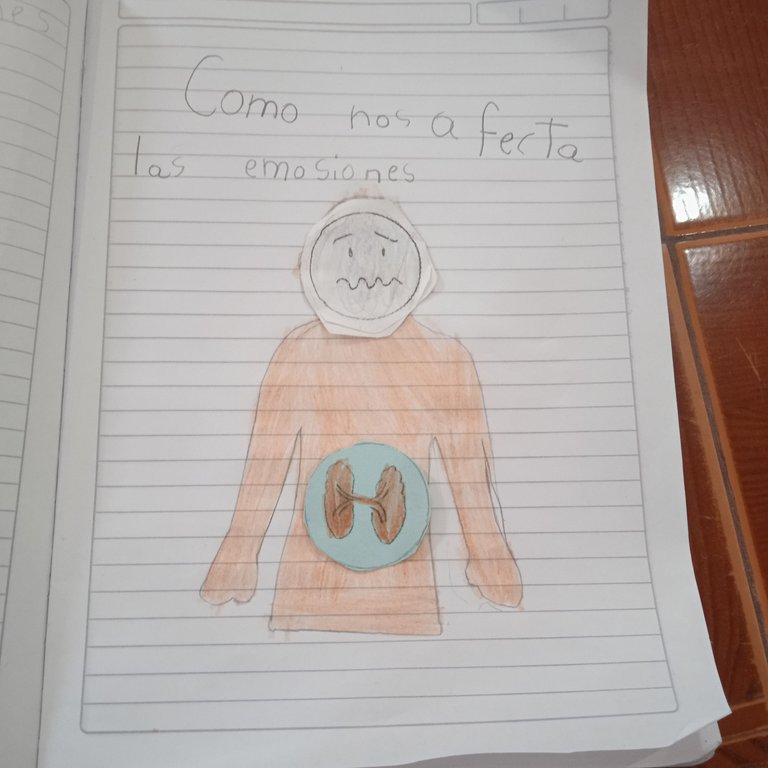
Luego hablé del miedo, que afecta a los riñones.

El estrés afecta al cerebro y al corazón.
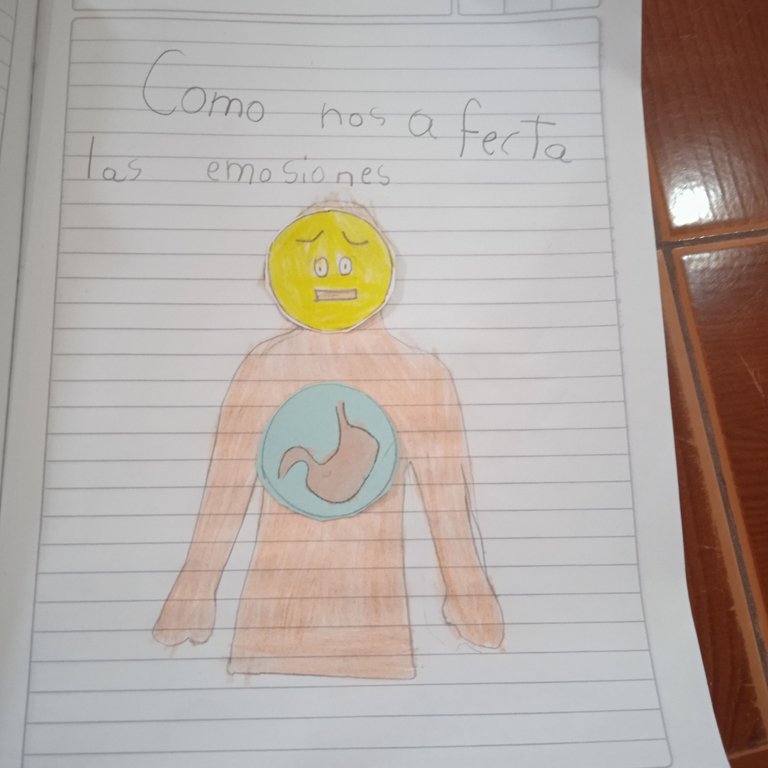
La preocupación o la angustia afectan al estómago.

La tristeza afecta a los pulmones.
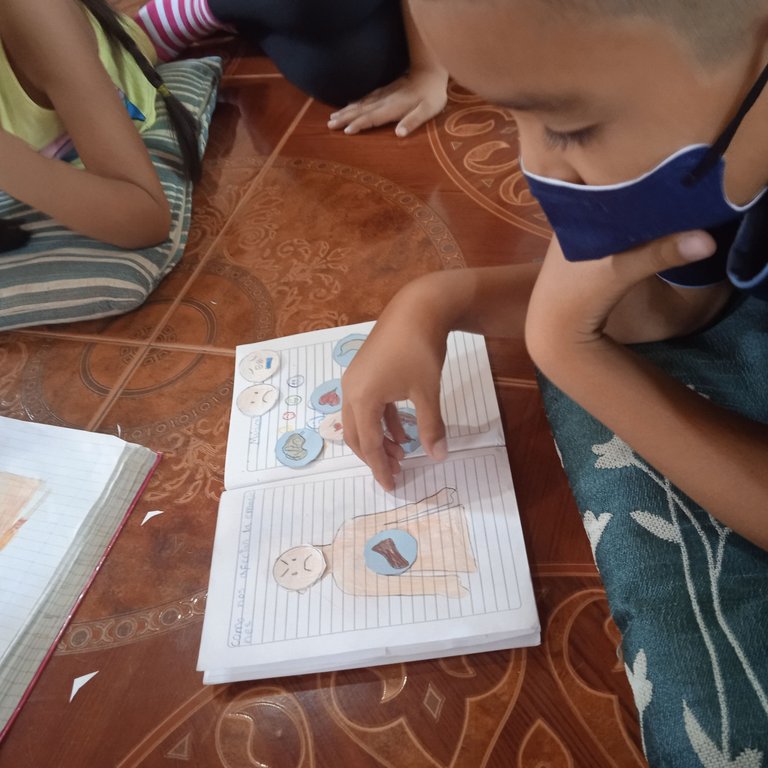
Después de repetir varias veces la asociación de la emoción con el órgano, les decía una emoción y ellos colocaban el órgano afectado.
También se puede hacer al revés, les decimos el órgano y ellos dicen qué emoción afecta a ese órgano.
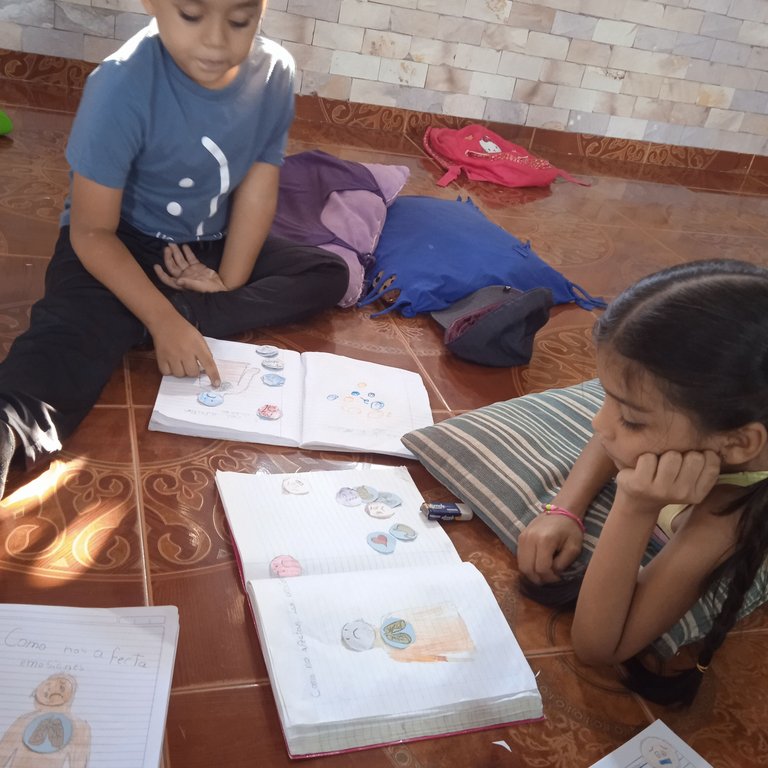
De esta forma los niños tuvieron la experiencia de conocer las emociones y su importancia en nuestra vida para crecer de forma sana y equilibrada.
Reconociendo e identificando las emociones que sentimos, entendiendo que lo que llamamos emociones negativas o desagradables debemos transformarlas en aquellas que nos producen bienestar y nos permiten relacionarnos desde la armonía y el amor con todo lo que nos rodea, ya sean personas, animales o cosas.
Y así poder vivir en alegría y plenitud entendiendo que podemos transformar nuestras emociones y sobre todo no permitir aquellas emociones que nos pueden perjudicar.
Gracias por leer.

- Fotos tomadas por @aldara desde su telefonoRedmi.
- Recursos gratuitos utilizado de pixabay 1 .
- Imágenes editadas con photoshop
English version
Greetings Dear Community!
Continuing with the development of Emotional Intelligence with children in this fourth part I want to share with you the activity I did to introduce some concepts associated with the importance of understanding that emotions can affect our body and our health.
With the children we can identify the effects of emotions when they feel anger, fear, or sadness, how they are reflected in the physical body either in the form of temperature, change of skin color, accelerated breathing, increased heart rate, among others.
When I started my first courses one of the concepts that I was taught many years ago was the fact that diseases were psychosomatic, that first occurred in the mind and then reflected in the body, this caught my attention and I could see how the thoughts were connected with the emotions and the effects on the physical body.
Traditional Chinese medicine explains in great detail how emotions are associated with certain organs and how they affect them.

This fact is important because if you explain to children that every time they have a tantrum, feel sadness or fear could be affecting a specific part of your body, so it is necessary to learn to manage emotions to release substances that provide welfare to your body.
The biodescodification also explains the relationship between emotions and the body and helps the person to find out which aspects of his life may be affecting his health.
That is why the activity I did with the children was about knowing which are the organs that are affected by certain emotions to go deeper, not only to the external reactions of the body but also to understand that our inner self is also affected by those discontented emotions.
In the previous post emotional intelligence with children, we previously made cards of the different emotions that we were knowing how anger, fear, sadness, joy, displeasure, pleasure, amazement, tranquility, indifference, courage.

I made some stencils so the children could draw the silhouette of the human body, and I also drew six organs such as the lungs, liver, stomach, heart, kidneys and brain to color and cut out.

To the emotions we had previously, we added two more, stress and worry, which are very important in our health.

So the children got to color the two emotions and cut them out.

They colored the different organs and cut them out.

With the stencils they made the silhouette of the human body and colored it.

I explained to them that emotions are linked to different parts of the body and that substances secreted by our brain pass into the blood and affect a certain organ in particular, we started with the emotion of anger and I explained that it mainly affects the liver.

Then I talked about fear which affects the kidneys.

Stress affects the brain and the heart.

Sadness affects the lungs.

Worry or anguish affects the stomach.

After repeating several times the association of the emotion with the organ, I would tell them an emotion and they would place the affected organ.
It can also be done the other way around, we tell them the organ and they say which emotion affects that organ.

In this way the children had the experience of knowing the emotions and their importance in our lives to grow in a healthy and balanced way.
Recognizing and identifying the emotions we feel, understanding that what we call negative or unpleasant emotions we must transform them into those that produce well-being and allow us to relate from harmony and love with everything around us, whether people, animals or things.
And so we can live in joy and fullness understanding that we can transform our emotions and above all not allow those emotions that can harm us.
Thank you for reading.

Congratulations @aldara! You have completed the following achievement on the Hive blockchain and have been rewarded with new badge(s):
Your next target is to reach 1250 upvotes.
You can view your badges on your board and compare yourself to others in the Ranking
If you no longer want to receive notifications, reply to this comment with the word
STOPTo support your work, I also upvoted your post!
Check out the last post from @hivebuzz:
Support the HiveBuzz project. Vote for our proposal!
Su post ha sido valorado por @goya